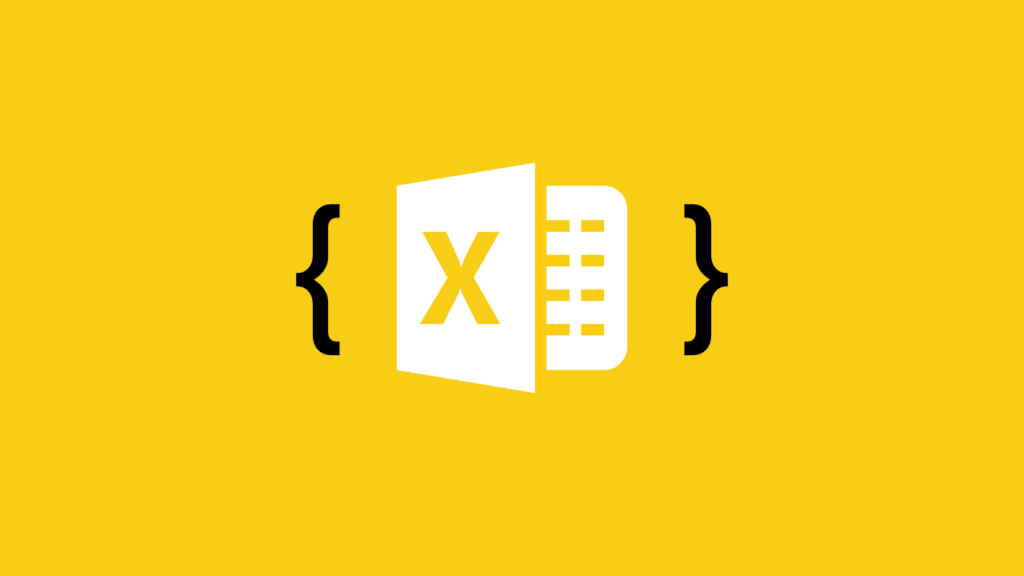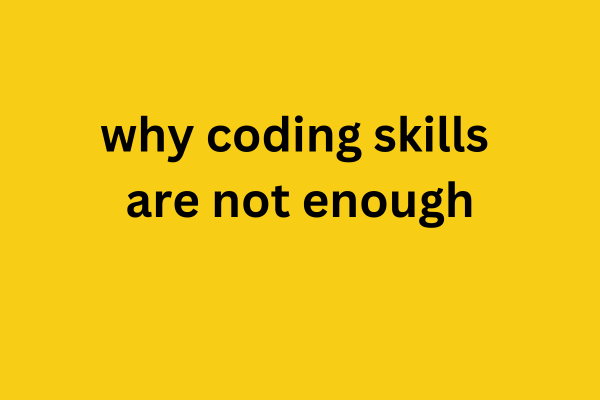
There comes a time in every Excel aficionado’s life when basic formulas and functions just don’t cut it anymore. Picture this: you have thousands of cells filled with data, and you need to do something with them—quickly and efficiently. The answer? Array formulas. Unlocking their potential could be a real game-changer for you, and here’s why.
What Are Array Formulas, Anyway?
Let’s start with the basics. An array formula in Excel is a special kind of formula that performs operations on multiple values rather than just one. The end result can either be a single value or, interestingly, an entire set of values. For instance, you can use SUM(LEN(range)) to sum up the number of characters in a specified cell range.
In versions of Excel older than 365, many array formulas had to be entered in a special way, using the Control + Shift + Enter key combo (affectionately abbreviated as “CSE”). Upon doing so, Excel would automatically wrap the formula in curly braces {}, signaling that you’ve entered the realm of array formulas. But a word of caution! The curly braces can’t be manually entered—they must be “bestowed” upon you by Excel.
So What’s an Array, Really?
An array is a collection of more than one item. In Excel, arrays are represented within curly brackets, e.g., {1;2;3} or {“red”, “blue”, “green”}. This is a pretty intuitive way to represent cell ranges on a spreadsheet: vertical ranges are presented as arrays using semicolons, and horizontal ranges are represented as arrays using commas.
Examples to Wrap Your Head Around
Array formulas might seem daunting, but in practice, they’re fairly straightforward. Take the OR(A1:A5="a") function, for example. This formula compares each cell in the range A1:A5 to the string “a.” Because the comparison occurs on multiple values, the OR function gets a bunch of results, like OR({FALSE;FALSE;FALSE;TRUE;FALSE}). If even one value in the resulting array is TRUE, the OR function says, “Yep, that’s a TRUE!”
Another example is SUM(LEN(B2:B11)), which returns the total character count in the range B2:B11. Here, the LEN function is fed multiple values and spits out an array, which the SUM function then happily adds up.
The Rule Breakers
Not all array formulas require the “CSE” treatment. Some, like SUMPRODUCT, are programmed to handle array operations natively.
Conclusion
Array formulas in Excel are a potent tool for advanced operations on large data sets. They can dramatically improve your workflow and make you see Excel in a completely new light. So, if you haven’t dived into the world of array formulas yet, it’s about time you did.
That’s all on this topic. Analyze in peace!
Did you like this article 🙂?
Share it on Social Media 📱
>>> You can share it on LinkedIn and show that you learn something new every day.
>>> You can throw it on Facebook – and perhaps help a friend of yours who is looking for this.
>>> And remember to bookmark this page, you never know if it won’t come handy in in the future.
You prefer to watch 📺 – no problem
>>> Subscribe and watch my English channel on YouTube.
Wanna keep readin’? Here’s some juicy stuff:
- Outlook Notifications and Slack Alerts
- How to Manage Time – Meetings at Work
- What is a Z-score: A Friendly Guide to Standard Deviations
- IT Conferences – A Guide for Introverts
- SQL types (including CROSS JOIN and FULL JOIN)
Prefer to read in Polish? Here you go!



